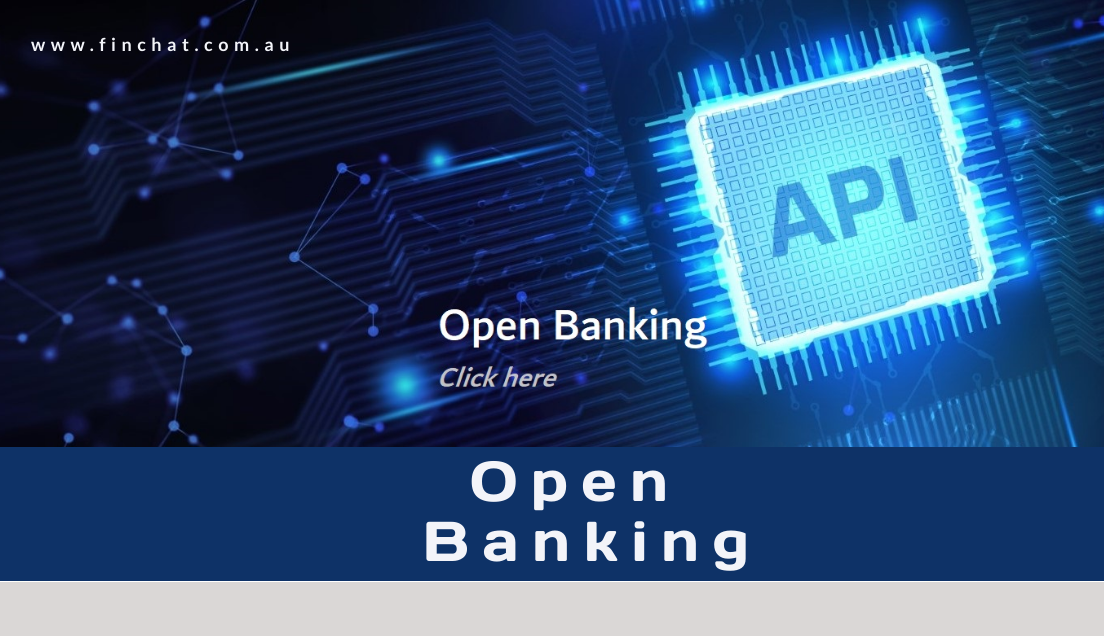Open banking
New technologies for financial planning – Open banking
What is open banking?
Open banking allows some customers to securely share their banking data with third parties that have been accredited by Australian Competition and Consumer Commission (ACCC). These would typically be other banks who are automatically accredited and fintechs who need to apply. It is the customer who has control over who can access their data.
The first phase began on July 1 2020 and is intended to make it easier for customers to find “a better” banking product.
How does it work?
If, for example, you want a loan or new account with a new bank you can ask your existing bank to send your data to them so you don’t have to fill in all the application forms with the new bank. The data sent could show the new bank a steady level of income making it easier to get a loan. It could also show excessive spending on items like gambling and alcohol.
Another way it can be used is to allow a “fintech app”, like a budgeting app, to access your data. This means the income and expenses going through your bank account are updated continually in the budgeting app that can aggregate all your banking accounts in one place. This provides insights into saving and spending habits which can lead to better budgeting behaviour.
Comparison apps with access to your data may be able to identify a product that better suits your specific circumstances.
What data can be shared?
The ANZ, Commonwealth Bank, NAB and Westpac can request and share their transaction account, deposit account, credit card and debit card data with an accredited data recipient. The customer must provide consent.
From 1 November, 2020, customers of the big banks have been able to request and share data from their home loans, investment loans, personal loans, joint accounts, closed accounts, direct debits and scheduled payments, as well as payee data, with accredited data recipients.
Smaller banks
Smaller banks and authorised deposit-taking institutions (ADIs) will be able to opt into open banking over the next 12 months to July 2021.
APIs
APIs (Application Programming Interfaces) are at the heart of sharing data by allowing two applications to talk to each other.
Each time a message is sent, the receiving app interprets it, uses the information in the message to generate a result which is sent back to the original app who interprets the result.
APIs drive all activity like booking applications and are generally secure because all that is exchanged is small packets of data. There is no access to the computer on either end.
APIs adhere to standards (typically HTTP and REST) which are developer-friendly, easily accessible and broadly understood.
How could financial planning use this technology?
A large part of financial planning is getting customers on a better budgeting trajectory.
With the clients permission their adviser will be able to see all their banking transactions, providing convincing proof of spending and saving habits.
Open banking may not be the “silver Bullitt” of getting all the clients details yet. If the client banks with a smaller bank they may not be part of open banking. An asset may be with an institution not covered by the open banking regulations.
Even though property details can be accessed and downloaded autonomously via PRD, the client may not agree with their valuation. There would also be gaps with assets like vehicles, art and collectables.
“Scrapers” like Yodlee don’t rely on Open Banking. With your permission they can access any account and “scrape” the data. They do this by taking an image of the transactions and then use software to convert the picture into useable values. In this way they can access accounts not part of Open Banking and extract the contents.


